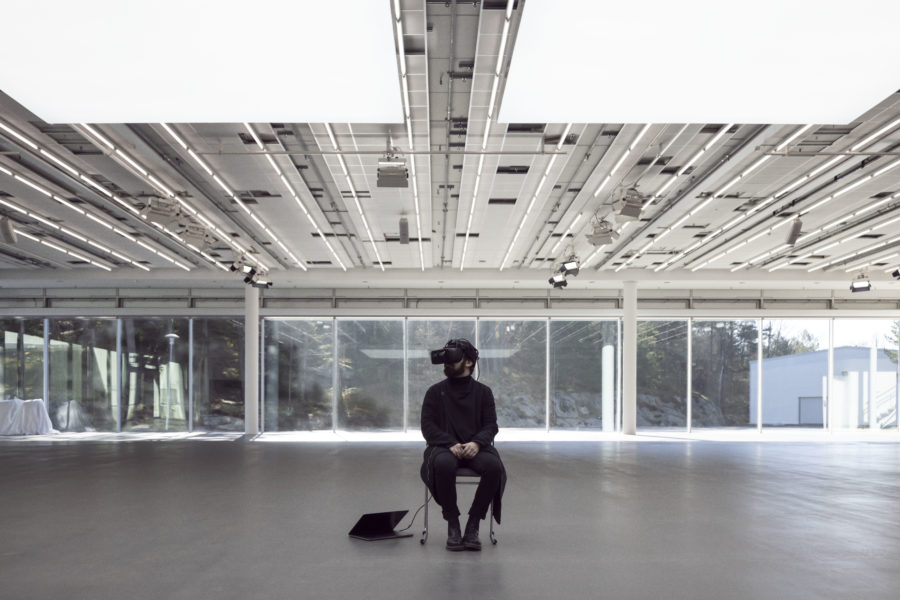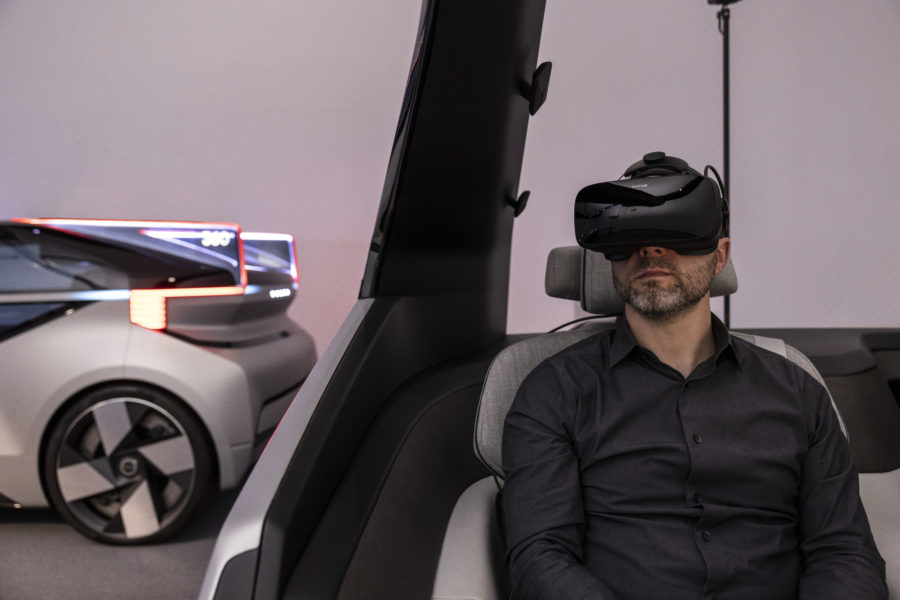
In Virtual Reality and Mixed Reality News
28 April, 2022 – Varjo, a provider of professional-grade virtual and mixed reality (VR/MR) hardware and software, has today announced the immediate availability of its Varjo Reality Cloud platform, which the company states allows even the most complex metaverse to stream in real-time to supported devices for both professional and prosumer users.
Varjo is well known for its professional-grade VR and MR headsets that provide human eye resolution visuals. The Varjo Reality Cloud platform was first announced by the company in June last year, and since its unveiling, has gone through an alpha phase of development, wherein the platform was tested by users from the automotive and government sectors.
Varjo Reality Cloud is powered by Amazon Web Services (AWS) in addition to state-of-the-art NVIDIA GPUs. The company stated that it is also future-proofed for running graphically-intensive VR/MR applications across any device. This is possible thanks to Varjo’s proprietary foveated transport algorithm, which will allow user to stream immersive content from Varjo Reality Cloud to devices with a lossless visual fidelity via a compression rate of 1000:1, and a bandwidth of 35 megabits-per-second via highly secure, enterprise-grade data encryption.
Varjo stated that as a result, professional customers can now safely and securely stream their most complex immersive VR/MR applications and models (as well as human-eye resolution VR/XR content) from the Reality Cloud directly to Varjo’s headsets. One specific use case of Reality Cloud highlighted by the company is for automotive design. Now, Varjo’s automotive clients, including companies such as Kia, Rivian and Volvo, will be able to benefit from new levels of scalability and productivity for virtual and mixed reality workflows using Autodesk VRED in Reality Cloud.
Commenting on this, Urho Konttori, co-founder and CTO at Varjo, said: “With Varjo Reality Cloud, our automotive customers such as Rivian, Volvo, and KIA will be the first to easily deploy and scale immersive workflows and collaborate in global multi-user environments without needing locally-installed software or high-end PCs. Using Reality Cloud for real-time, human eye-resolution metaverse streaming is of course our ultimate goal and we look forward to offering this unique solution to that market as well.”

Later this year, users will also be able to use the platform with other supported applications incorporating the leading 3D engines – Unity and Unreal Engine. To make this an industry-standard, Varjo intends to expand device support beyond its own portfolio of headsets to enable any user to join collaborative immersive sessions from a variety of iOS and Windows devices including phones, tablets, and PCs in the second half of this year.
“We’re excited to step beyond delivering the world’s highest quality VR/XR hardware to offer a pioneering software service that makes human eye-resolution metaverse (as well as virtual and mixed reality workflows) possible to experience in nearly real-time. This can be on practically any device, platform, or headset with the necessary resolution, not just our own,” added Konttori.
The commercial availability of Reality Cloud marks a significant milestone on Varjo’s long-term journey to building a hardware/software stack for scaling high-performance immersive computing across all headsets, regardless of manufacturer, as well as allowing real-world workflows and applications to move into photoreal-immersive environments that can be experienced across the Web in real-time.
Starting today, Varjo Reality Cloud with cloud streaming support for Autodesk VRED is available for up to five concurrent users per company at a cost of USD $1,495 per month. For professionals interested in using Varjo Reality Cloud, or to find out more about Varjo and its VR/MR technology, please visit the company’s website.
Image / video credit: Varjo / Vimeo
About the author
Sam is the Founder and Managing Editor of Auganix. With a background in research and report writing, he has been covering XR industry news for the past seven years.
